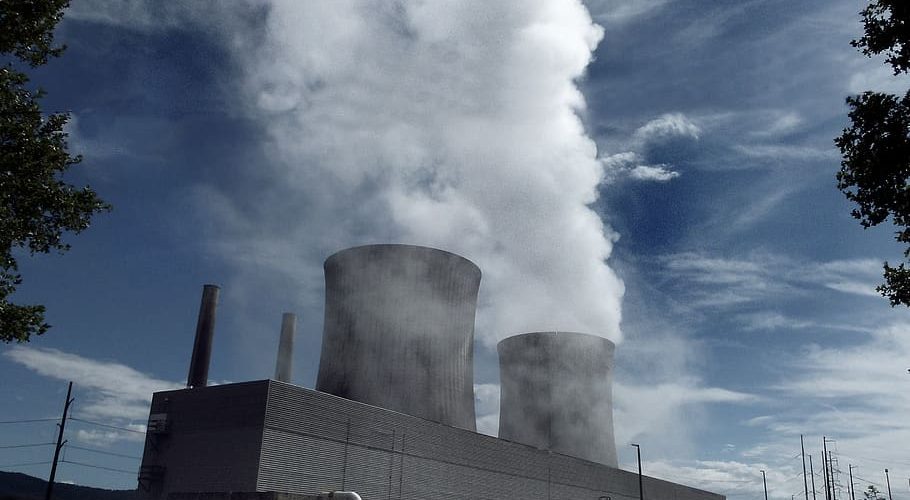Prime Minister (PM) of India, Mr Narendra Modi made his first visit to the USA within three weeks after the inauguration of President Trump for a second term, highlighting the importance of the India-US relationship.
PM Narendra Modi and US President Donald Trump discussed a range of topics like defence deals, trade issues, immigration challenges, and energy security including the nuclear energy partnership. The details are encompassed as part of the joint statement.
The leaders resolved to expand trade and investment to make their citizens more prosperous, nations stronger, economies more innovative and supply chains more resilient.
The bilateral trade between the two countries has seen significant growth post-1990, it has touched approximately $180 billion in 2024. The leaders have resolved to deepen the U.S.-India trade relationship to promote growth that ensures fairness, national security and job creation.
To this end, the leaders set a bold new goal for bilateral trade – “Mission 500” – aiming to more than double total bilateral trade to $500 billion by 2030.
Unlike the joint statement issued in 2023 under the previous Biden administration, where climate action was a key theme of the partnership, this 2025 joint statement found no mention.
However, India and the United States affirmed their commitment to furthering a bilateral partnership on clean fuels like biofuels and nuclear energy.
The leaders agreed that energy security is fundamental to economic growth, social well-being and technical innovation in both countries. They underscored the importance of U.S.-India collaboration to ensure energy affordability, reliability, availability and stable energy markets.
Realizing the consequential role of the U.S. and India as leading producers and consumers, in driving the global energy landscape, the leaders re-committed to the U.S.-India Energy Security Partnership, including in oil, gas, and civil nuclear energy.
The leaders underscored the importance of enhancing the production of hydrocarbons to ensure better global energy prices and secure affordable and reliable energy access for their citizens.
The leaders also underscored the value of strategic petroleum reserves to preserve economic stability during crises and resolved to work with key partners to expand strategic oil reserve arrangements. In this context, the U.S. side affirmed its support for India to join the International Energy Agency as a full member.
The leaders reaffirmed their commitment to increase energy trade, as part of efforts to ensure energy security and to establish the United States as a leading supplier of crude oil and petroleum products and liquified natural gas to India, in line with the growing needs and priorities of our dynamic economies.
They underscored the tremendous scope and opportunity to increase trade in the hydrocarbon sector including natural gas, ethane and petroleum products as part of efforts to ensure supply diversification and energy security.
The leaders committed to enhancing investments, particularly in oil and gas infrastructure, and facilitating greater cooperation between the energy companies of the two countries.
Nuclear Energy Partnership
The major development in the energy partnership was the nuclear energy sector. The two countries decided to take forward the civil nuclear deal signed by the two nations in July 2005.
The leaders announced their commitment to fully realize the U.S.-India 123 Civil Nuclear Agreement, by moving forward with plans to work together to build U.S.-designed nuclear reactors in India through large-scale localization and possible technology transfer.
Both sides welcomed the recent Budget announcement by the Government of India to take up amendments to the Atomic Energy Act and the Civil Liability for Nuclear Damage Act (CLNDA) for nuclear reactors and further decided to establish bilateral arrangements in accordance with CLNDA, that would address the issue of civil liability and facilitate the collaboration of Indian and U.S. industry in the production and deployment of nuclear reactors.
In the previous discussions, it emerged that certain clauses in India’s Civil Liability for Nuclear Damage Act, 2010 were proving to be hurdles in the implementation of the civil nuclear deal. In Budget 2025, the government has announced plans to amend India’s nuclear liability law and the Atomic Energy Act.
In December 2024, the Nuclear Power Corporation of India invited proposals from private companies to set up small modular reactors for captive use. It is the first time the nuclear sector is available for private businesses.
This path forward will unlock plans to build large U.S.-designed reactors and enable collaboration to develop, deploy and scale up nuclear power generation with advanced small modular reactors. Some major US nuclear reactor makers such as General Electric and Westinghouse Electric Company had shown keen interest in setting up nuclear reactors in India.
In the last few months, India has made a significant push towards nuclear energy, the nuclear collaboration with the USA follows the partnership with France on cooperation in small modular reactors, which was signed a day earlier.






Add comment